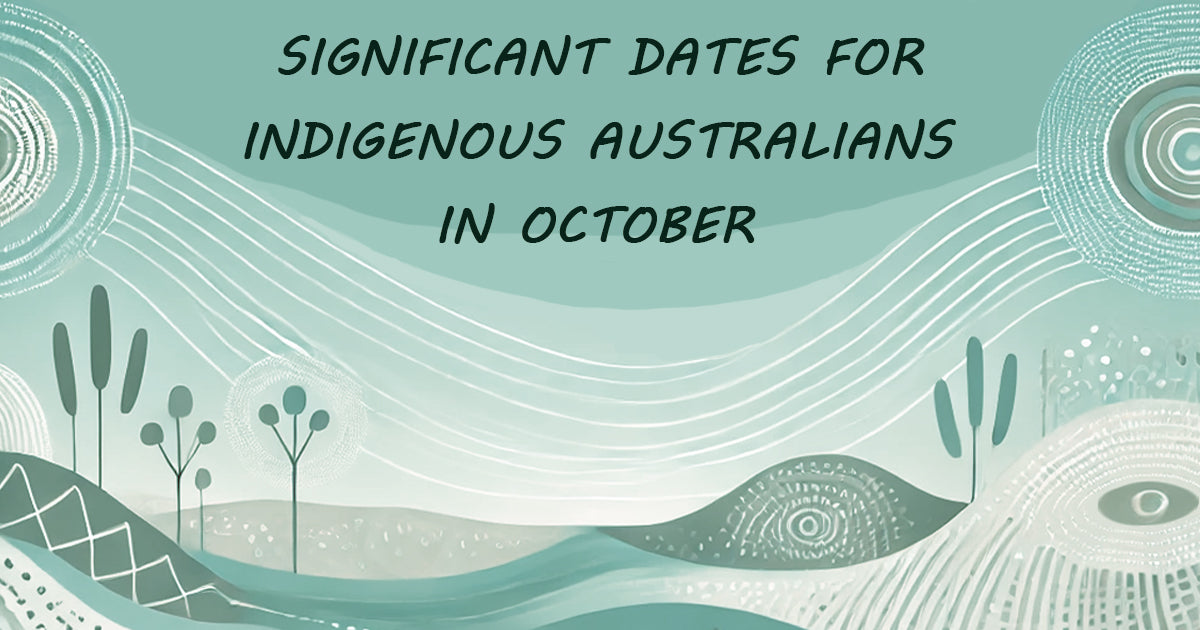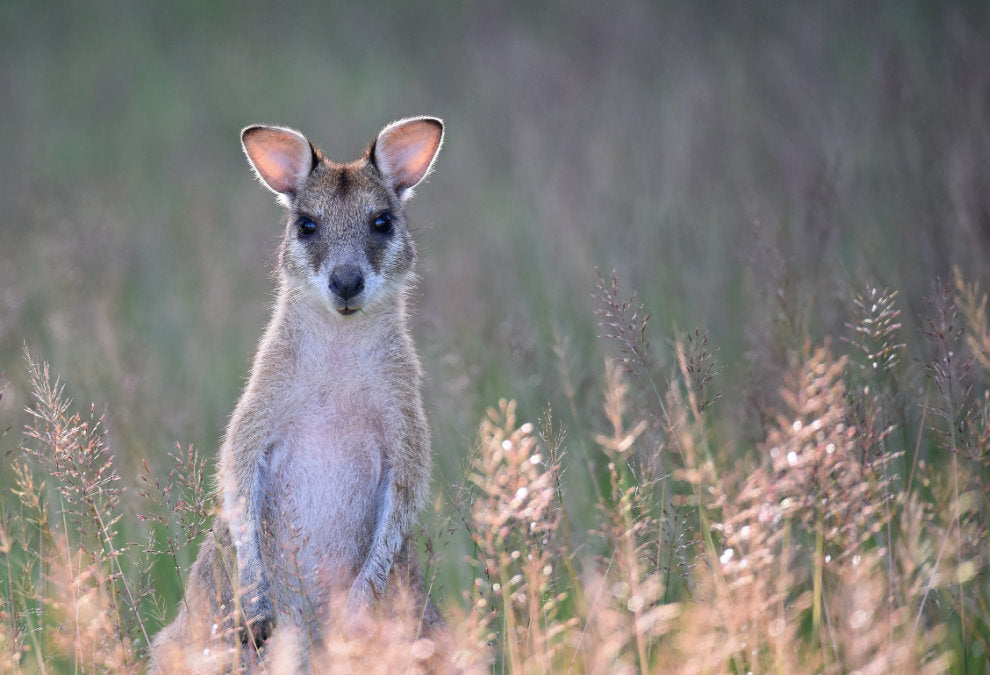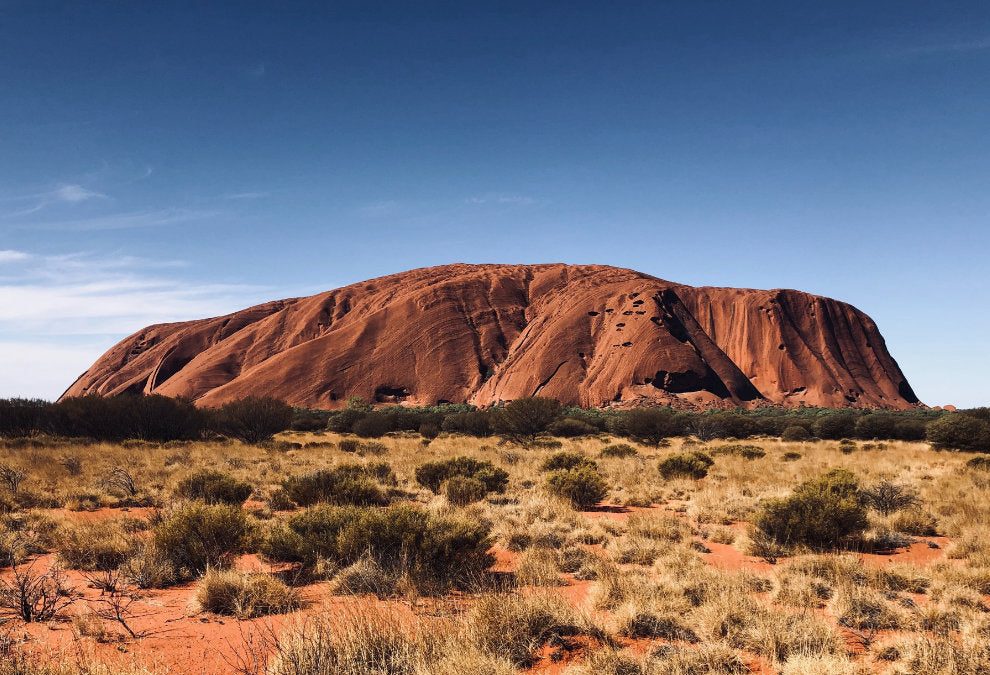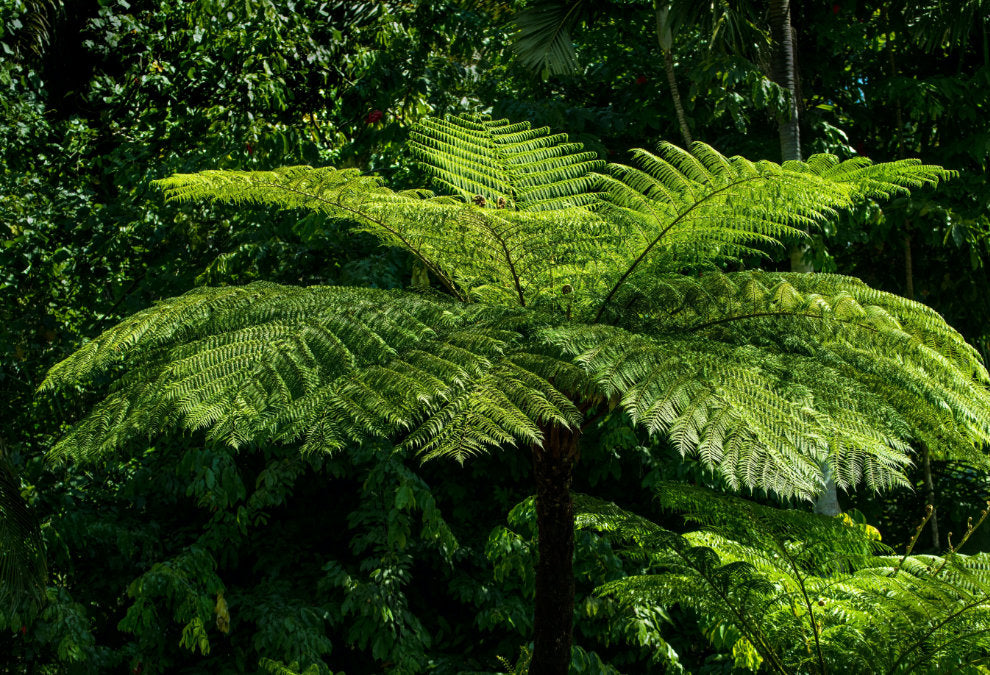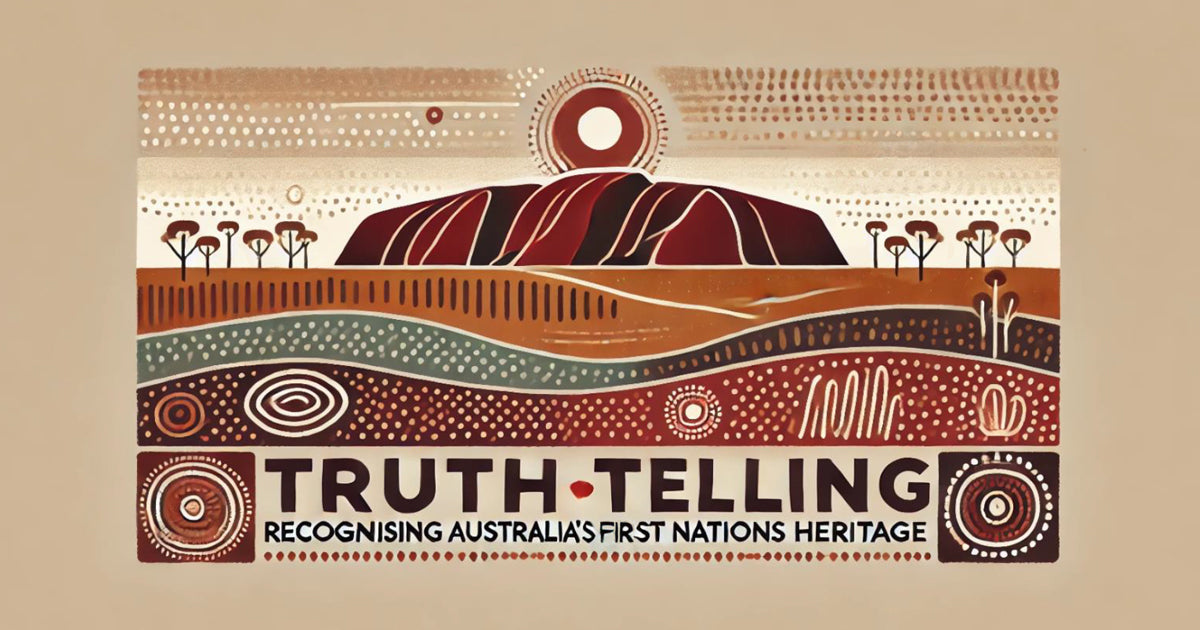
Lake Mungo: An Ancient and Sacred Landscape of Global Significance
Deep in the Willandra Lakes region of south-western New South Wales lies Lake Mungo, one of the most extraordinary places on Earth. To its Traditional Owners – the Paakantji, Mutthi Mutthi and Ngiyampaa peoples – this dry lake-bed is far more than a landscape. It is a sacred place where culture, lore and spirituality are embedded in the land itself. To the world, it is a window into deep human history, recognised as a UNESCO World Heritage site for its unparalleled archaeological and cultural treasures.
 Sunset over "Walls of China" in Mungo National Park, Australia
Sunset over "Walls of China" in Mungo National Park, Australia
A Sacred Place for Traditional Owners
For tens of thousands of years Aboriginal people have lived in the Willandra Lakes region. Lake Mungo forms part of this cultural landscape where Dreaming stories, ceremonial grounds and burial sites connect people to their Ancestors.
The site is of profound spiritual importance because it holds the remains of Mungo Woman and Mungo Man, two Ancestors who were laid to rest with care and ceremony over 40,000 years ago. Their burials, the earliest known human cremation (Mungo Woman) and the oldest known ritually prepared body in Australia (Mungo Man), reveal that First Nations people practiced complex spiritual traditions at the very dawn of human history.
For the Paakantji, Mutthi Mutthi and Ngiyampaa peoples, these Ancestors are not relics of the past. They are family. Their spirits still belong to Country and caring for them is a sacred responsibility.

Lake Mungo Basin
Archaeological Treasures of Global Importance
Lake Mungo is world-famous for its archaeological significance. Along its crescent-shaped lunette dunes, scientists have discovered an astonishing record of human occupation stretching back at least 50,000 years.
Findings include:
- Stone tools and fireplaces that show innovation and adaptation to changing climates
- Shell middens and animal bones that reveal diets and environmental knowledge
- Human footprints, estimated to be around 20,000 years old, preserved in the clay and among the oldest in the world. Scientists have identified more than 500 prints believed to have been left by men, women and children walking together across the lakeshore. Some show adults carrying heavy loads, others children running and playing
Among the most remarkable discoveries is a set of footprints that reveal one individual running at an estimated 20 kilometres per hour across the soft clay. To imagine this scene is to glimpse a moment of life frozen in time: a hunter sprinting at full pace, leaving behind evidence of physical strength and agility that rivals modern athletes. These fleeting impressions capture the vitality of people who lived in harmony with the land, carrying skills and stamina shaped by thousands of generations of survival and cultural knowledge.
Together, these discoveries confirm that Aboriginal Australians are custodians of the oldest continuous culture on Earth with social organisation, family life and ceremonial traditions deeply embedded in Country.

A Changing Landscape, A Lasting Legacy
Lake Mungo is a dry lake today, its waters having receded around 15,000 years ago. But the shifting sands still hold countless layers of human story. The landscape itself bears witness to resilience, with communities adapting to dramatic climate shifts from ice ages to droughts while maintaining cultural continuity.
This knowledge is vital not just to Australians but to the world. It helps us understand how humans survived and thrived in extreme environments and why cultural connection to land is essential for resilience and identity.
UNESCO World Heritage Recognition
In 1981 the Willandra Lakes Region, including Lake Mungo, was added to the UNESCO World Heritage List. This recognition was for both its cultural heritage and its natural values. It is one of the very few places in the world to be listed for the combined story of people and landscape.
World heritage listing ensures that the voices of the Traditional Owners, together with scientists and park managers, guide the protection of this fragile and sacred place for future generations.
Why Lake Mungo Matters Today
Lake Mungo is not only an archaeological treasure, it is a living testament to the unbroken connection between Aboriginal people and Country. It challenges us to rethink human history, to acknowledge the depth of First Nations knowledge systems and to respect Indigenous custodianship of land.
For visitors, standing among the sweeping dunes and vast horizons of Lake Mungo is a humbling reminder: this is not just Australia’s story, it is humanity’s story.
Lake Mungo is a place where time itself is layered in the earth, where every grain of sand whispers of Ancestors, resilience and belonging. To walk here is to walk in the footsteps of the oldest culture on Earth.
Learn more at visitmungo.com.au




